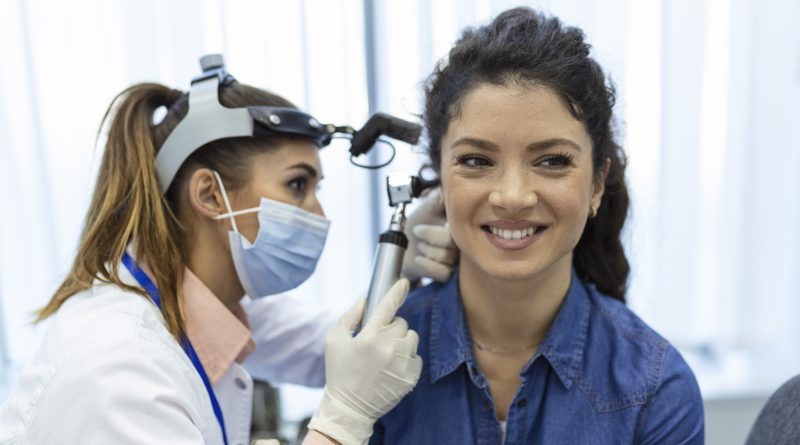CANDIDACY CRITERIA & INVESTIGATIONS
 For children aged 12-23 months, profound hearing loss, that is, PTA for both ears equalling or exceeding 90 dB is the criteria. Individuals older than 24 months are permitted cochlear implantation………
For children aged 12-23 months, profound hearing loss, that is, PTA for both ears equalling or exceeding 90 dB is the criteria. Individuals older than 24 months are permitted cochlear implantation………
By Dr Divya Gupta
The improvement in performance outcomes of Cochlear Implant because of the advent of advances in the implant technology and improvement in surgical techniques is leading towards a gradual change in cochlear candidacy criteria, broadening their usage. Largely, it depends on the feasibility of surgical implantation, weighing the benefits of an implant over hearing aid or no prosthesis at all for an individual and availability of a supportive family and psychological, educational and rehabilitative situation to keep a cochlear implant working.
Audiological Evaluation
For both adults and children, certain hearing and speech tests are done to screen likely candidates. Pure Tone Audiometry (PTA), Brainstem Evoked Response Audiometry (BERA) and Auditory Steady State Response (ASSR) are the tests for hearing evaluation which determine the hearing thresholds. Whereas PTA depends on active cooperation of the subject, thereby only proving utility in people more than 5 years of age, both BERA and ASSR are objective tests which can reliably assess hearing status even in a newborn. For children aged 12-23 months, profound hearing loss, that is, PTA for both ears equalling or exceeding 90 dB is the criteria. Individuals older than 24 months are permitted cochlear implantation when they have severe to profound deafness (cut off PTA threshold value of 70 dB). In either case, the candidate should be fitted with a hearing aid at least for three months prior to the procedure and the benefits should be weighed.
Whenever possible, outcomes from word and sentence recognition testing are also used to determine candidacy. Current guidelines permit implantation in adults with approximately 50-60% words correct on open-set sentence recognition tests.
 Radiological Evaluation
Radiological Evaluation
Imaging with High resolution Computed Tomography of temporal bone (CT) and Magnetic Resonance Imaging (MRI) form an indispensable part prior to implantation procedure. They are used to evaluate the temporal bone anatomy of an individual, viz, the inner ear where electrodes are finally inserted, facial nerve which may be accidentally injured during the surgery, cochleovestibular nerve, brain and brainstem. The latter three are best assessed on MRI and the presence of the nerve and the normality of brain are essential for taking up a patient for cochlear implantation. Absence of cochlear nerve is a contraindication for cochlear implant surgery. CT helps in estimating cochlear patency and may identify any abnormal variations that may affect electrode insertion or may warranty a change in the choice of side of implantation or a different surgical approach.
Psychological evaluation
The child must have normal IQ for maximal possible benefits of cochlear implant. A much harder to define candidacy criteria involves assessing whether the overall circumstances gyrating around a candidate be able to justify and promote the use of a cochlear implant. It is important to address the patient’s and the family’s expectations for life after implantation to wade away any unrealistic supposition they may embark with the surgery and to make them prepared for alternative pathways if the post-implant performance is not as expected. Postoperative speech and hearing rehabilitation is an equally significant task, which may continue extensively for two years and relies totally on the patient’s (in case of postlingual deafness) and family’s motivation.
(The author is Senior DMO, Department of ENT, Northern Railway Central Hospital,New Delhi)

